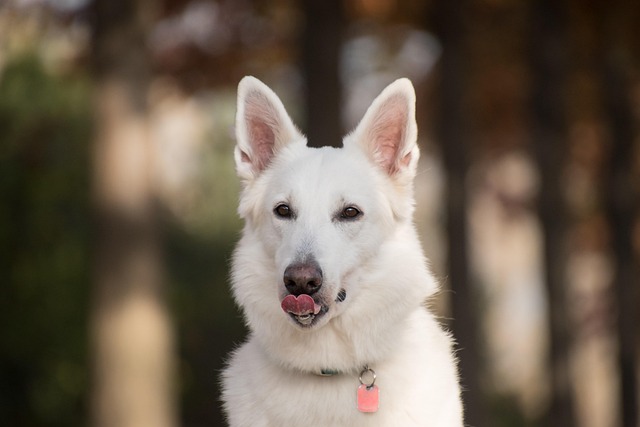
Are Irish setters easy to potty train?
When the Irish setter walks with an elegant pace, its reddish-brown hair shines in the sun, and its lively eyes are full of curiosity and enthusiasm, anyone will be attracted by this unique charm.
Training a 2 - month - old puppy to defecate and urinate in a fixed place is a challenge that many new pet owners face together, and it is also a growth journey full of love and patience. A 2 - month - old puppy is in a stage of rapid development. Its physical functions are not yet fully mature, and its understanding and memory abilities are limited. This determines that the training requires scientific methods and continuous guidance from the owner.
The excretion patterns of puppies are closely related to their physiological characteristics. At the age of two months, the bladder and gastrointestinal functions of puppies are not yet perfect. The small bladder capacity makes it impossible for them to hold urine for a long time, and the fast - digesting gastrointestinal tract leads to the need to defecate soon after eating. Generally, within 15 - 30 minutes after a puppy eats or drinks, as well as after waking up and after exciting play, are often the moments when they have the need to excrete. Understanding these patterns is the foundation of successful training. It can help the owner timely capture the puppy's excretion signals and create conditions for correct guidance.
The preparatory work before training is crucial. First of all, a fixed excretion location needs to be determined. This location can be a corner of the balcony at home, where there is good ventilation and it is easy to clean the peculiar smell; or it can be a specific area in the bathroom, which is relatively private and easy to clean. Once the location is selected, do not change it easily. A stable environment helps the puppy form memories and conditioned reflexes. Preparing special puppy pee pads or newspapers is also a key step. The special attractants added to the pee pads can guide the puppy to the designated place; the ink smell of the newspapers also has a certain attraction to the puppy. Placing these at the excretion location can help the puppy get familiar with this special area more quickly.
When the puppy shows signs before excretion, such as frequently sniffing on the ground, restlessly circling around, and making a squatting posture, the owner should act quickly and gently. Use a gentle and fixed command, such as "Go to the toilet", and at the same time, gently pick up the puppy or gently guide it to the excretion location with your hand. At this time, remaining calm and patient is the key. Never scold or beat the puppy because of its previous mistakes. Puppies cannot yet understand the owner's emotions and intentions. Scolding and beating will only make them feel scared and confused, destroy the training atmosphere and increase the difficulty of training.
 Once the puppy successfully defecates or urinates at the designated place, the owner should spare no effort to give rewards. A delicious piece of dried chicken, a few sweet cheese granules, plus gentle strokes and loving praise, such as "You did a great job", these positive feedbacks will make the puppy understand that defecating in this place can get the owner's love and recognition, thus strengthening their correct behavior. On the contrary, if the puppy accidentally defecates in the wrong place, the owner should not be angry or accusatory. First, clean up the excrement with a tissue, and then spray a deodorant to completely eliminate the smell and prevent the puppy from being attracted to this place again. At the same time, place the tissue or pee pad with the smell of the excrement at the designated excretion point to help the puppy get familiar with the smell of the correct place.
Once the puppy successfully defecates or urinates at the designated place, the owner should spare no effort to give rewards. A delicious piece of dried chicken, a few sweet cheese granules, plus gentle strokes and loving praise, such as "You did a great job", these positive feedbacks will make the puppy understand that defecating in this place can get the owner's love and recognition, thus strengthening their correct behavior. On the contrary, if the puppy accidentally defecates in the wrong place, the owner should not be angry or accusatory. First, clean up the excrement with a tissue, and then spray a deodorant to completely eliminate the smell and prevent the puppy from being attracted to this place again. At the same time, place the tissue or pee pad with the smell of the excrement at the designated excretion point to help the puppy get familiar with the smell of the correct place.
A regular daily routine plays an important role in training puppies to defecate in a fixed place. Feed and water the puppy regularly and quantitatively every day, for example, at 8 am, 12 noon, and 6 pm, so that the puppy's gastrointestinal tract forms a regular digestion rhythm. About 30 minutes after each feeding, guide the puppy to the excretion location. With long - term persistence, the puppy will gradually form a conditioned reflex and know that it should go to a specific place to meet its physiological needs at a specific time.
Puppies are easily distracted, so a quiet and less - disturbing environment should be created for them during training. Choose a separate room, draw the curtains, turn off the TV, and let family members and other pets stay away temporarily. When the puppy is focused on excretion, the owner should not disturb it and quietly observe from the side to let the puppy complete the excretion process smoothly. This helps strengthen their memory of the correct behavior.
Training a puppy to defecate in a fixed place requires time and patience. Each puppy has different learning abilities and adaptation speeds. Some smart puppies may master it in a few days, while others may need several weeks to adapt slowly. During the training process, the puppy may relapse and defecate in the wrong place again. This is a normal phenomenon. The owner should always maintain a positive and optimistic attitude and constantly encourage and guide the puppy. Each training session is an opportunity to build an emotional connection with the puppy. Through patience and love, helping the puppy develop good defecation habits can not only make the home environment cleaner and tidier but also deepen the trust and intimacy between the owner and the puppy.
When seeing the puppy consciously running to the designated place to defecate and then happily wagging its tail waiting for praise, the owner will deeply realize that all the efforts are worth it. This challenging training experience is a testimony to the joint growth of the owner and the puppy and lays a wonderful foundation for the future time spent together. Let's use scientific methods and endless love to accompany the puppy through this important growth stage and start a warm and beautiful pet - raising life.

When the Irish setter walks with an elegant pace, its reddish-brown hair shines in the sun, and its lively eyes are full of curiosity and enthusiasm, anyone will be attracted by this unique charm.
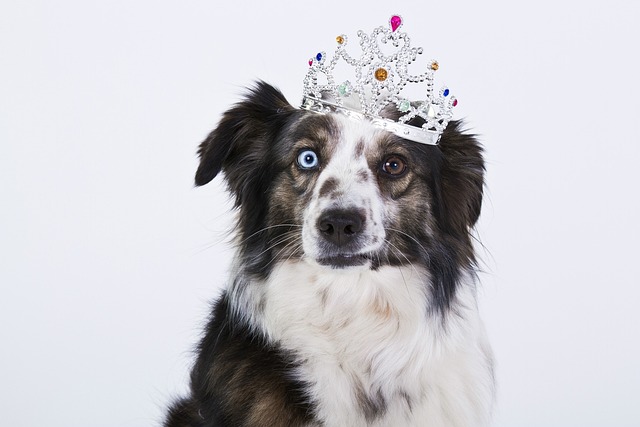
When the furry little life stumbles into our lives, the soft and sticky cry and wagging tail instantly melt the hearts of countless dog owners. However, behind this sweet companionship, puppy potty training is like a mountain in front of them.
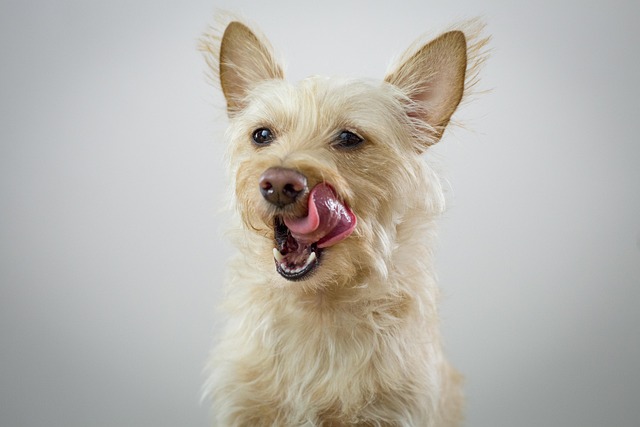
In the steel jungle of the city, more and more people are eager to have a furry companion to add more warmth and companionship to their lives.

Training puppies to develop good house bowel habits is a process that every pet owner looks forward to and is full of challenges. This is not only about the cleanliness of the home environment,
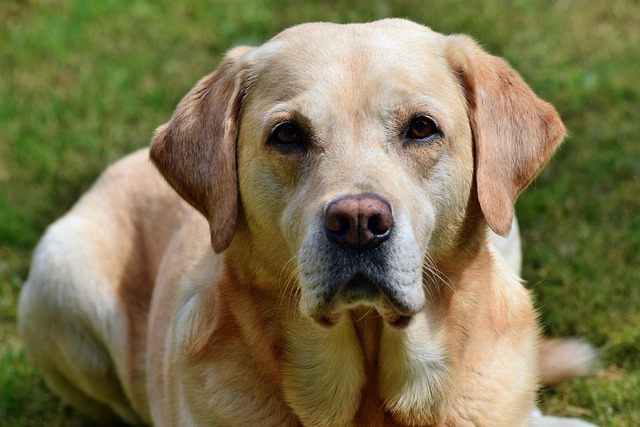
Dog walking is supposed to be a pleasant time for people and dogs to enjoy each other's company, but when the dog drags the leash and rushes around, this beautiful moment is broken.
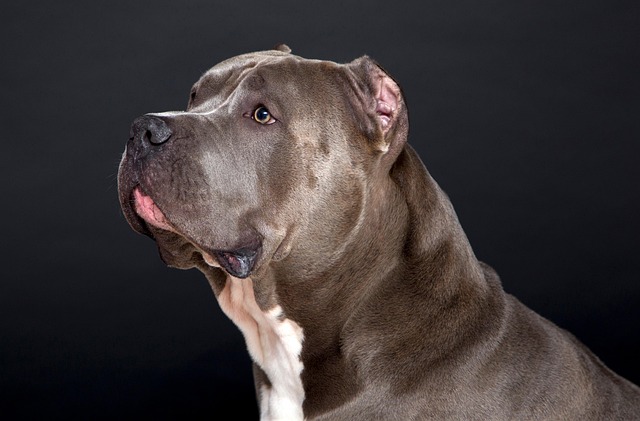
When a dog suddenly poops in a specific area of the house, it not only causes cleaning troubles but also makes the loving owner feel anxious and helpless.